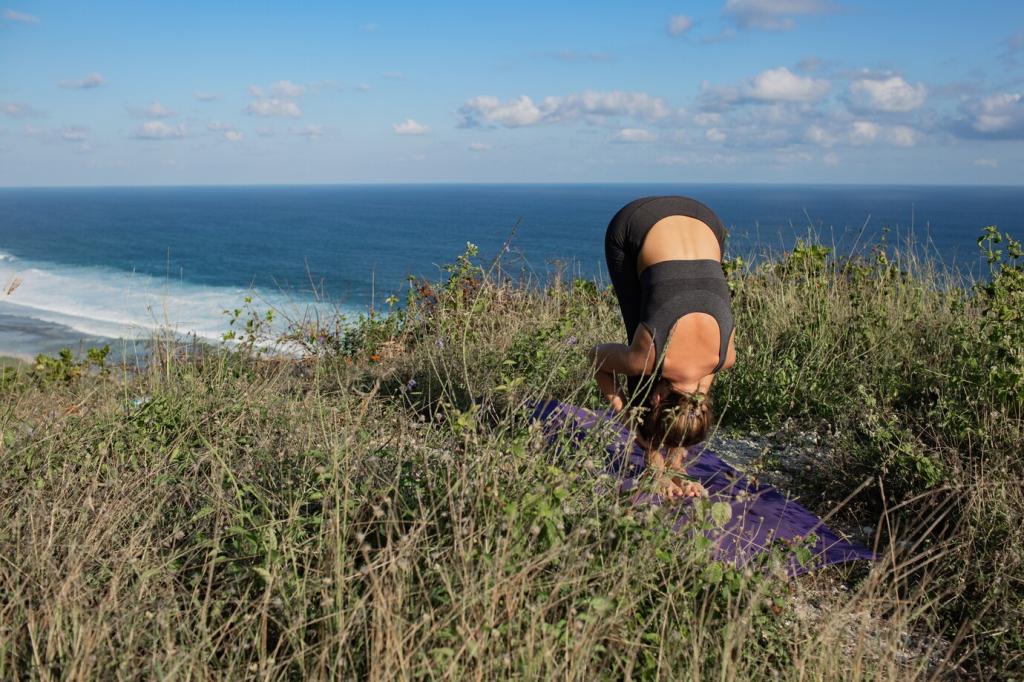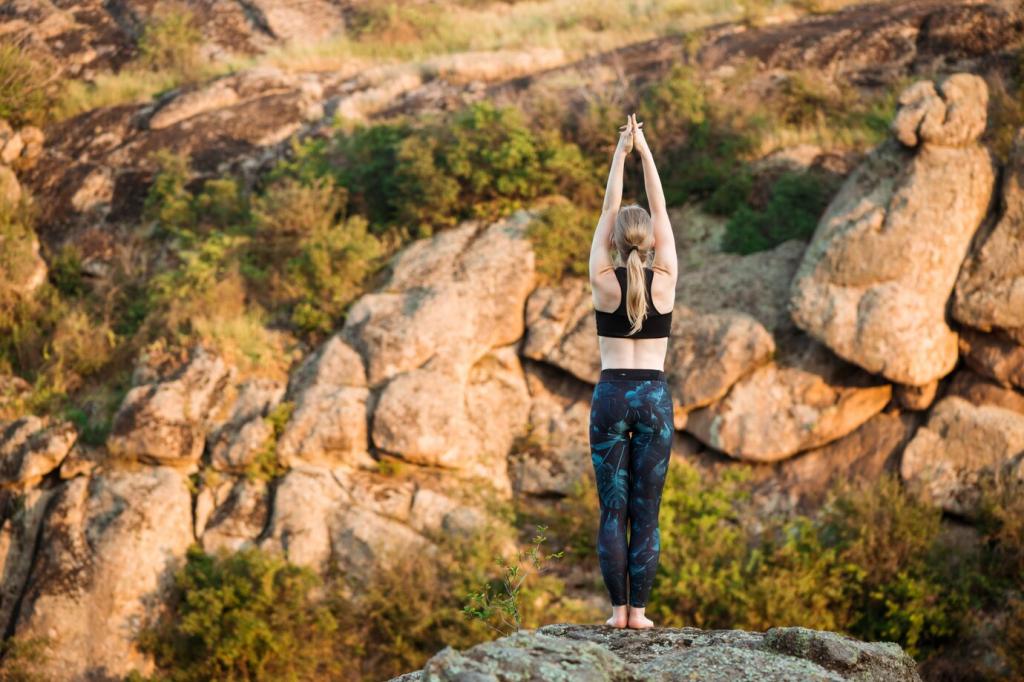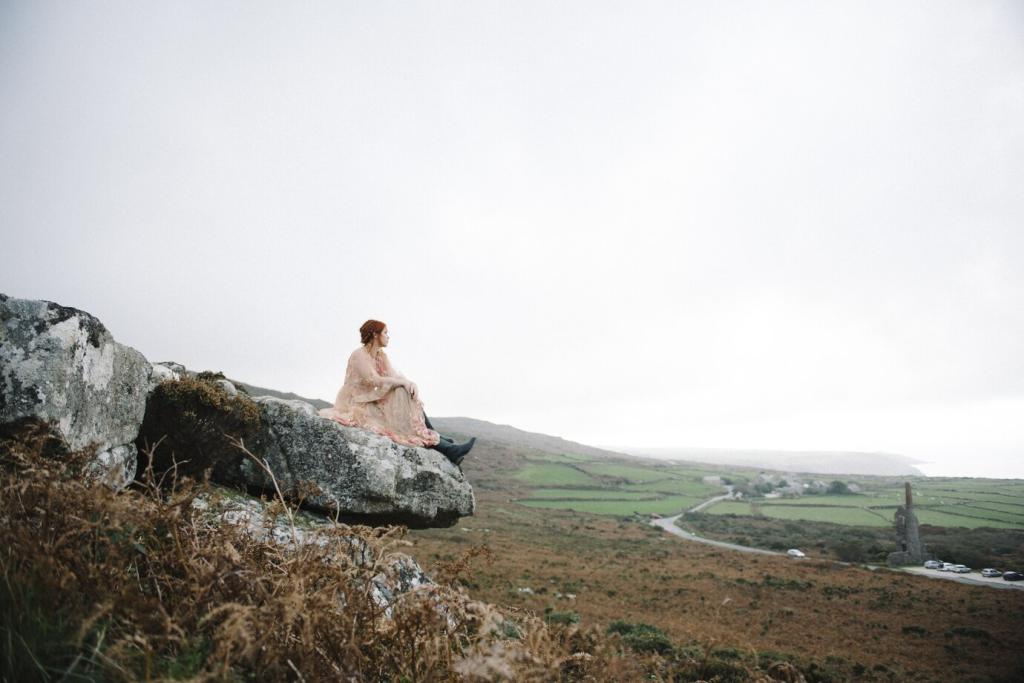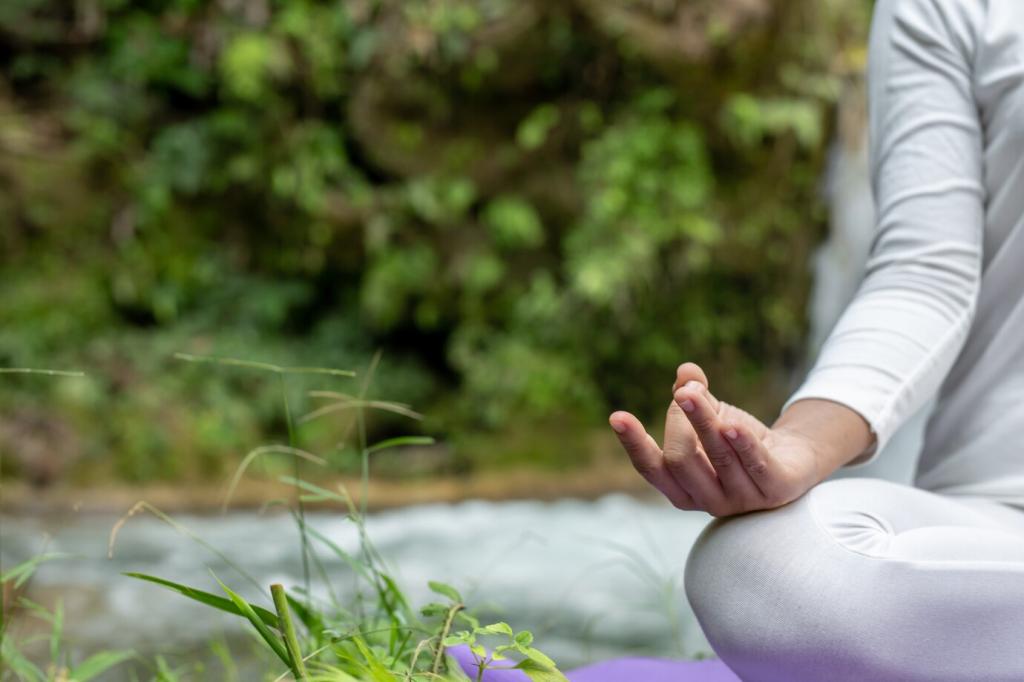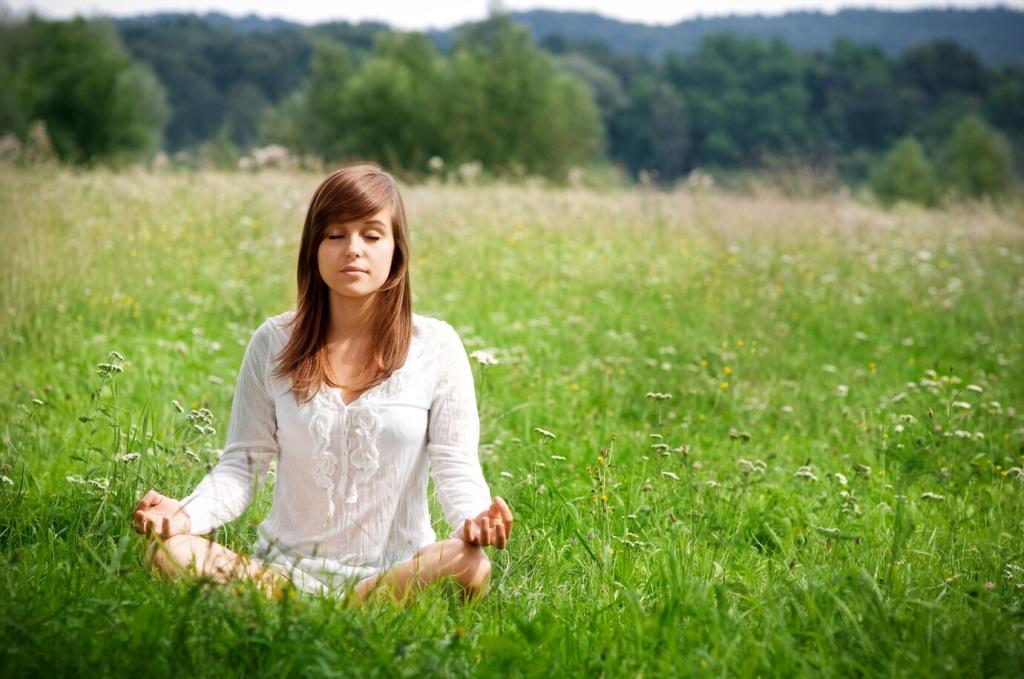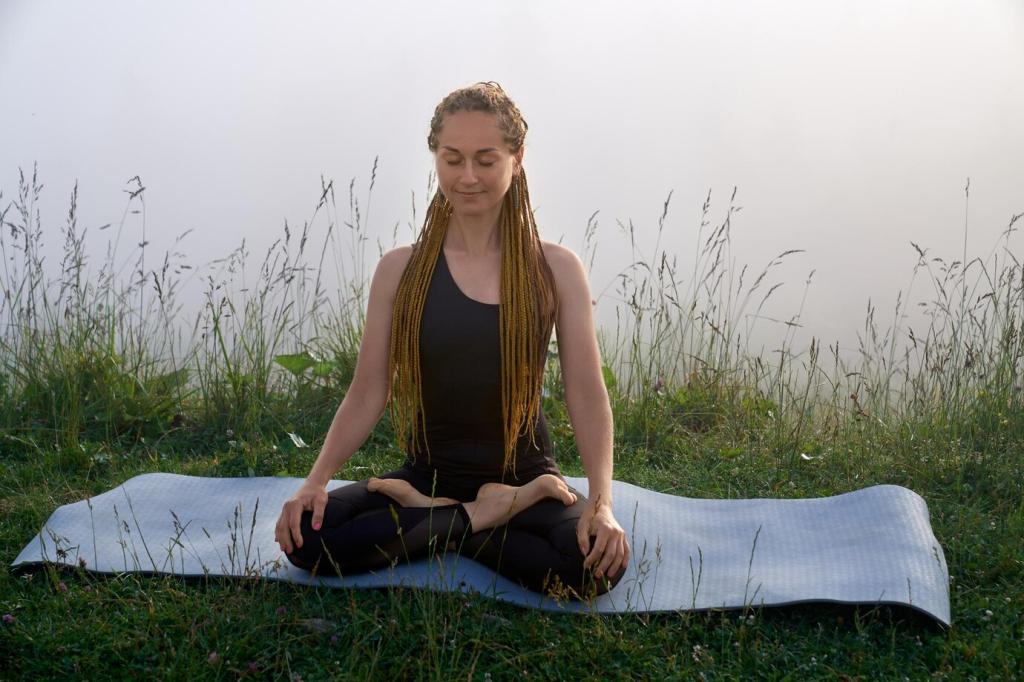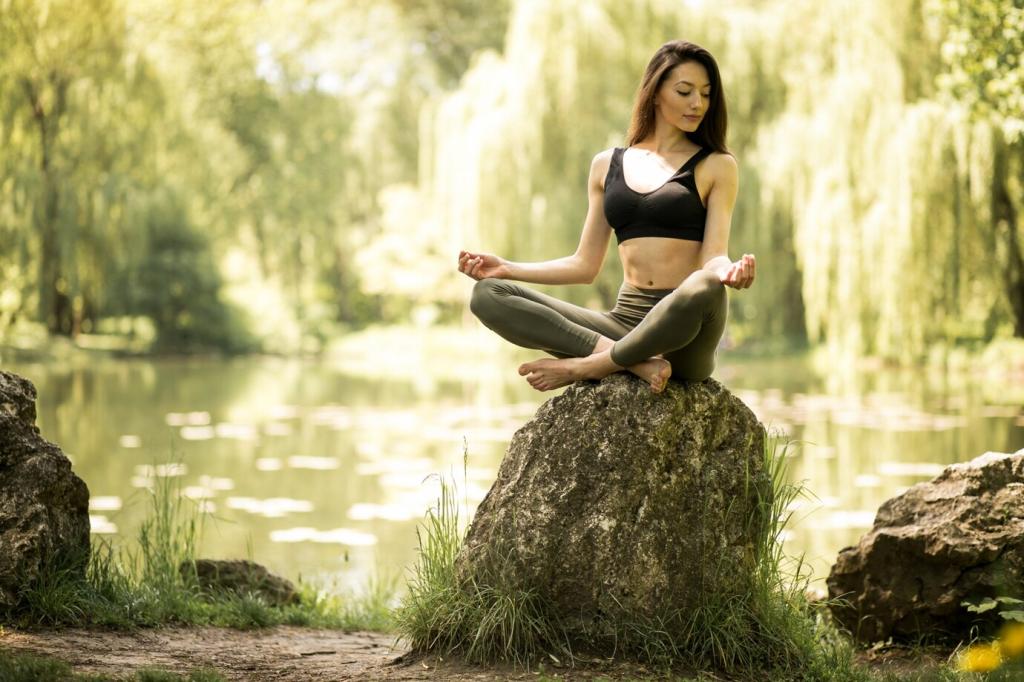Why Sunlight Calms the Nervous System
Morning sunlight helps anchor your circadian rhythm, signaling cortisol to rise gently and melatonin to wind down. When your biology trusts the day, sitting becomes easier, breath steadies, and the room feels like a companion rather than a performance stage.
Why Sunlight Calms the Nervous System
Not all natural light feels the same. Cooler, bluer tones support alertness; warmer, amber tones invite winding down. By orienting practice times with the sun’s color shifts, you ride nature’s rhythm instead of fighting glare, fatigue, or restless focus.
Why Sunlight Calms the Nervous System
Gentle, indirect brightness reduces squinting and micro-tension in facial muscles. Place cushions away from sharp beam paths, soften edges with fabric, and let your eyes rest naturally. Comfort invites longer sits, deeper listening, and fewer distractions from strain or flicker.


